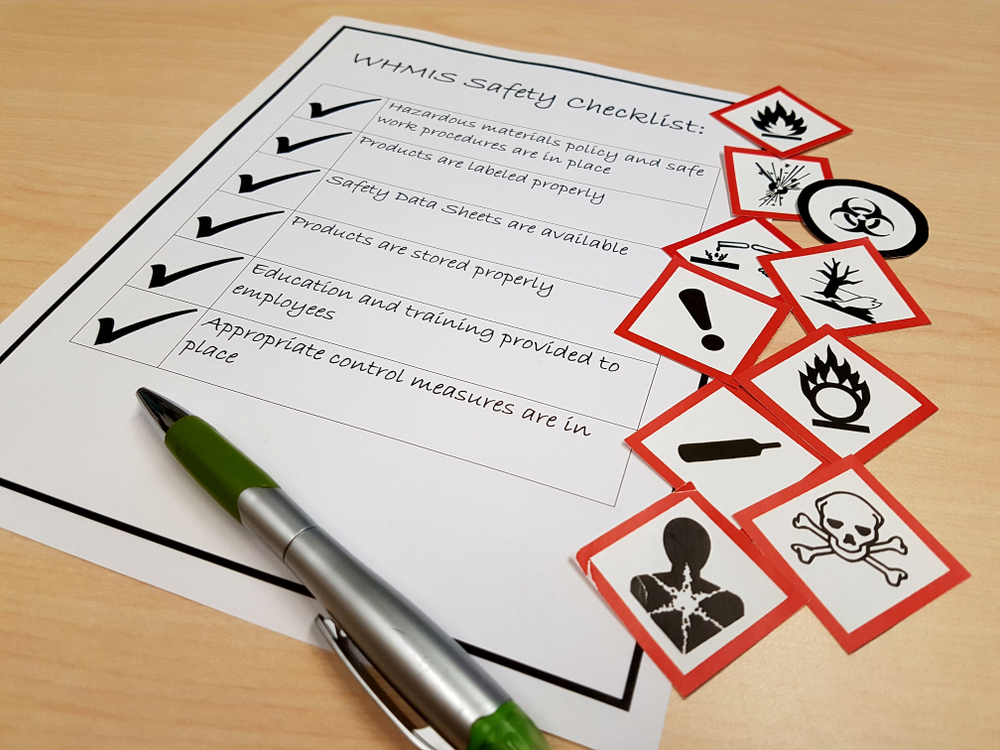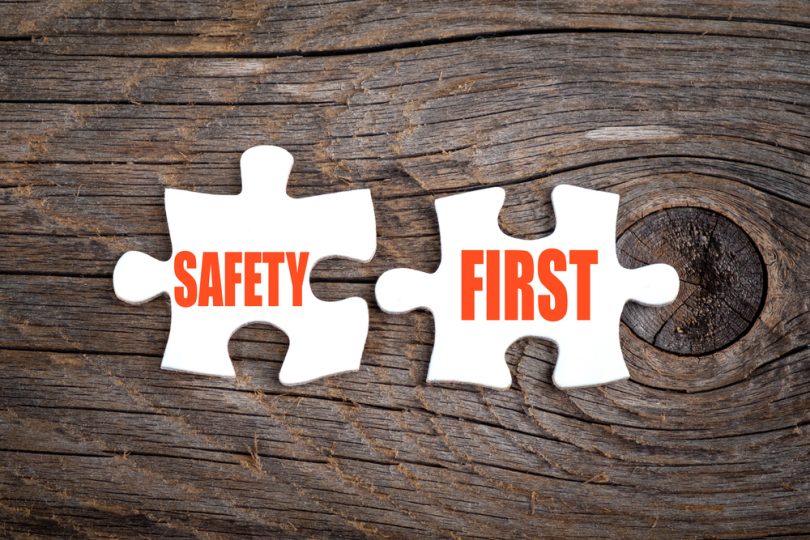Every job has its own hazards. That is why the OSHA 10-Hour Training is specifically built to cover job-related health and safety hazards for entry-level workers.
It is built to highlight and curb potential job hazards entry level workers might be exposed in their day to day activities.
It is a training for workers who have supervisory responsibilities. The OSHA 10-Hour is state-specific therefore, it is not a state requirement for certain professions.
The training course is meant for employers in high-risk industries because it provides a comprehensive foundation for safety training. Those industries include (but aren’t limited to) construction, manufacturing, warehousing, and maritime.
There is no specific number of hours to be spent on the training, but OSHA requires 10 full hours of “student contact” time to cover course content.
There are some other training methods that allow you to stay longer than 10 hours on the course. Online courses top the list of the methods.
OSHA’s requirement for the training is limited to a maximum of 7.5 student contact hours a day, with at least 8 hours between long sessions. Eventually, the 10-Hour course ends up spanning two days.
OSHA 10-Hour is industry (construction, maritime, and the catch-all general industry) specific and each industry has its own set of topic requirements. Though the subjects may vary, it is mandatory to take between 6-7 mandatory in the 10 hours that are chosen and required by OSHA.
This check gives the courses a degree of consistency while allowing trainers the flexibility they need to tailor the course to their students.
OSHA 30-Hour
OSHA 30-Hour Training is specifically designed for supervisors. It gives that better and thorough understanding of job-related health and safety topics so that they can properly manage the safety of an entire team.
This course is designed for foremen, engineers, supervisors, site leads, project managers and safety specialists.
It requires 30 full hours of instructional time. Taking the course online allows participants to stay longer on the course if they need it.
OSHA limits training to a maximum of 7.5 student contact hours a day, with at least 8 hours between long sessions. That means the 30-Hour course can span 4 days.
Usually, OSHA doesn’t require any kind of testing but a passing grade is used by providers to confirm if the students have a perfect understanding of what they taught them.
OSHA 10 and 30: Are Both Necessary?
In case you are wondering which one is more relevant OSHA 10 or OSHA 30 training courses, eventually, you might have to take the two depending on your years of experience and the office you hold.
But you must note that the OSHA 10-Hour isn’t a prerequisite for OSHA 30-Hour.
The difference in the OSHA 10 and OSHA 30 should be constructively examined based on industry area.

General Industry 10 and 30 Hour Course Differences
Specifically, for general industry, some things are simple time changes.
The “Introduction to OSHA” remains the same at 2 hours of mandatory time, while others like “Electrical Safety” increase from 1 hour in the 10-Hr course to 2 hours in the 30-Hr course.
“Exit Routes, Emergency Planning, and Fire Prevention” also goes from 1 to 2 hours in the 30hour course.
There are many other difference as well, such as which topics are allowed to be used as elective
Construction Industry 10 and 30 Hour Course Differences
For the construction industry, the structure is almost the same as the general industry. But the topics are different.
For instance, the construction course includes mandatory time spent on the “Focus Four”: Fall Protection, Electrical Safety, Struck By, and Caught Between.
As regards the differences between the OSHA 10 and OSHA 30, the time required for “Introduction to OSHA” remains the same in both while the “Focus Four” shifts from 4 hours of mandatory time to 6 hours of mandatory time in OSHA 30.
“Managing Safety and Health” is added as a requirement.
PPE and Health Hazards in Construction changes from 30 minutes to two hours each. Stairways and Ladders shifts from an elective topic to a mandatory topic in OSHA 30 as well.
The Limits and Restrictions of OSHA 10- and 30-Hour Certifications
As regards the limit to the course time, the maximum time allowed is 7.5 hours a day. This means the 10-hour will last for two days while the 30-hour training will require 4 days to be completed.
Other considerations:
- Certification lasts for the lifetime of the employee.
- Someone who holds a 10-hour certification can, in some circumstances, take another 20-hours of training to “upgrade” their certification to 30-hours (within 6 months).
- After successful completion, a physical wallet card is mailed from the Department of Labor within approximately two weeks.
- The 10-hour training is usually taken to satisfy regulatory and employment requirements. Additional training may be required in some states and locations.
- Courses can be taken as quickly as two and 4 days, respectively, for the 10 and 30-hour courses, but no more than six months may pass from the start of a course until completion. If you take longer than six months, you must start over.
- A maximum of 7.5 hours is available to train workers each day. Facilitators can’t teach for more than 7.5 hours a day.
Takeaway
Healthy and safety is a huge part of every industry, making OSHA training an important part of covering job-related health and safety hazards for entry-level workers.
The 10- and 30-Hour training courses are designed to accommodate individuals in many different workforces.


